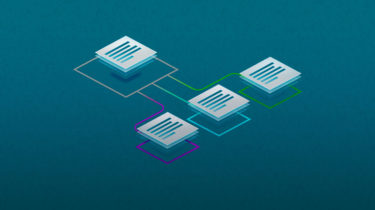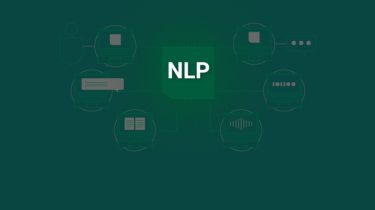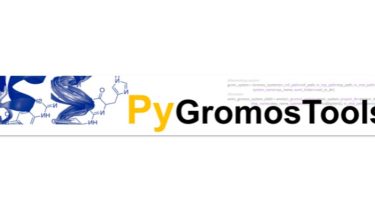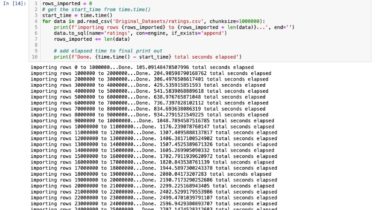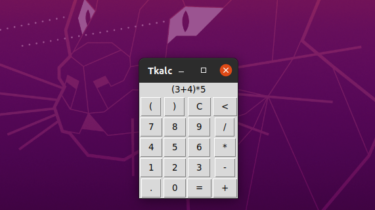Part 2: Topic Modeling and Latent Dirichlet Allocation (LDA) using Gensim and Sklearn
This article was published as a part of the Data Science Blogathon Introduction In the previous article, we had started with understanding the basic terminologies of text in Natural Language Processing(NLP), what is topic modeling, its applications, the types of models, and the different topic modeling techniques available. Let’s continue from there, explore Latent Dirichlet Allocation (LDA), working of LDA, and its similarity to another very popular dimensionality reduction technique called Principal Component Analysis (PCA). Table of Contents A Little […]
Read more